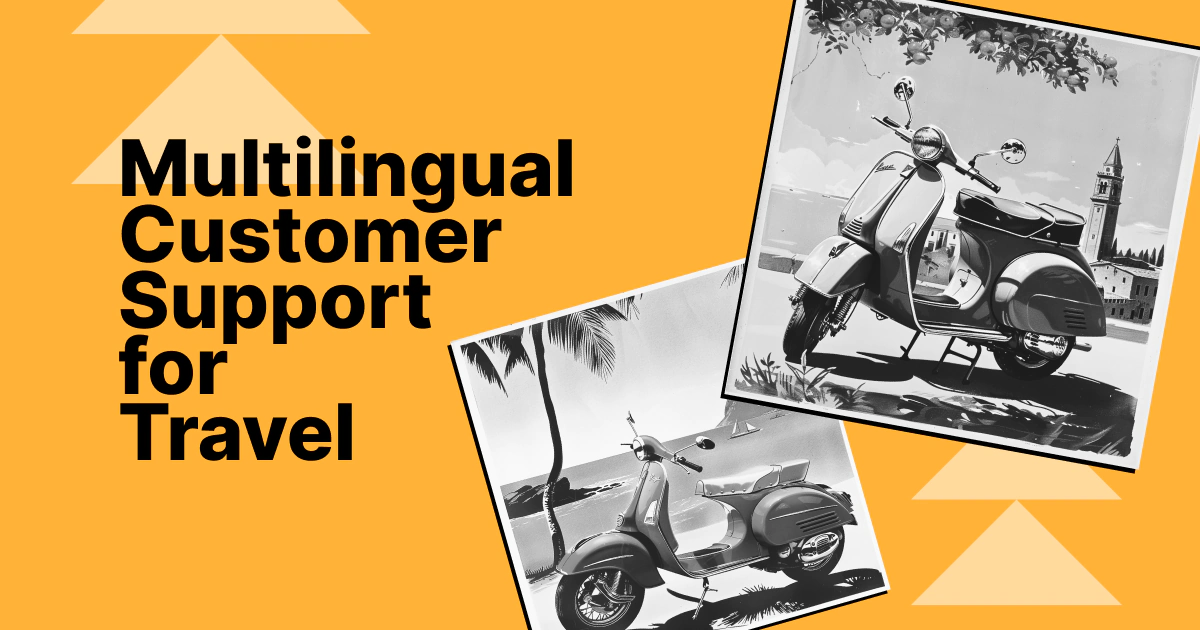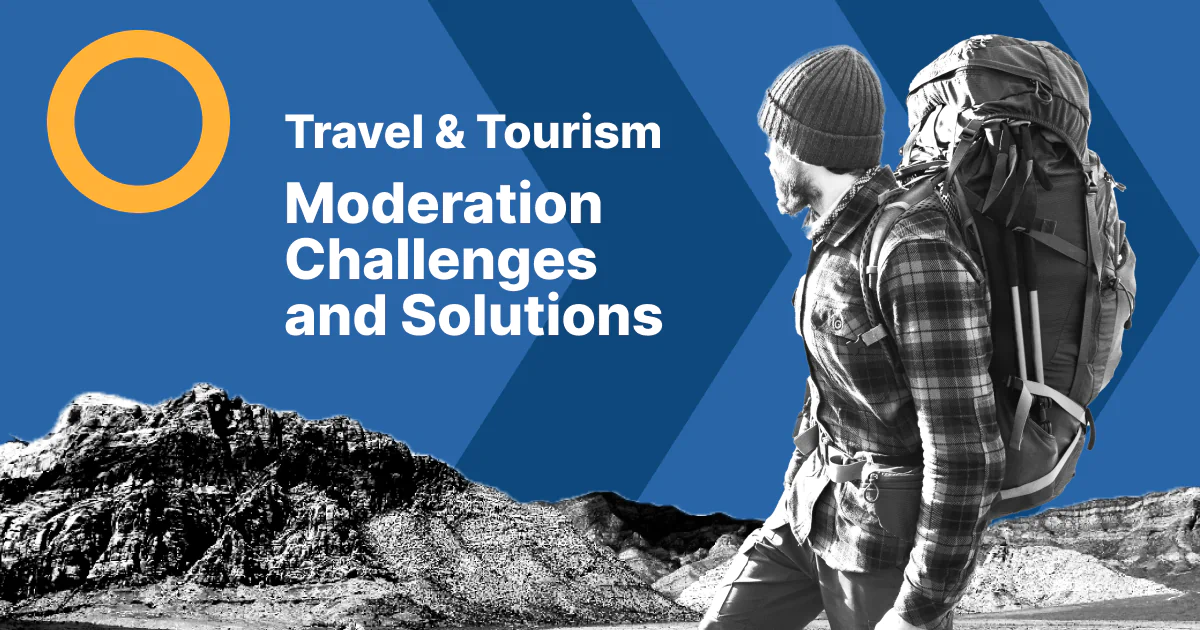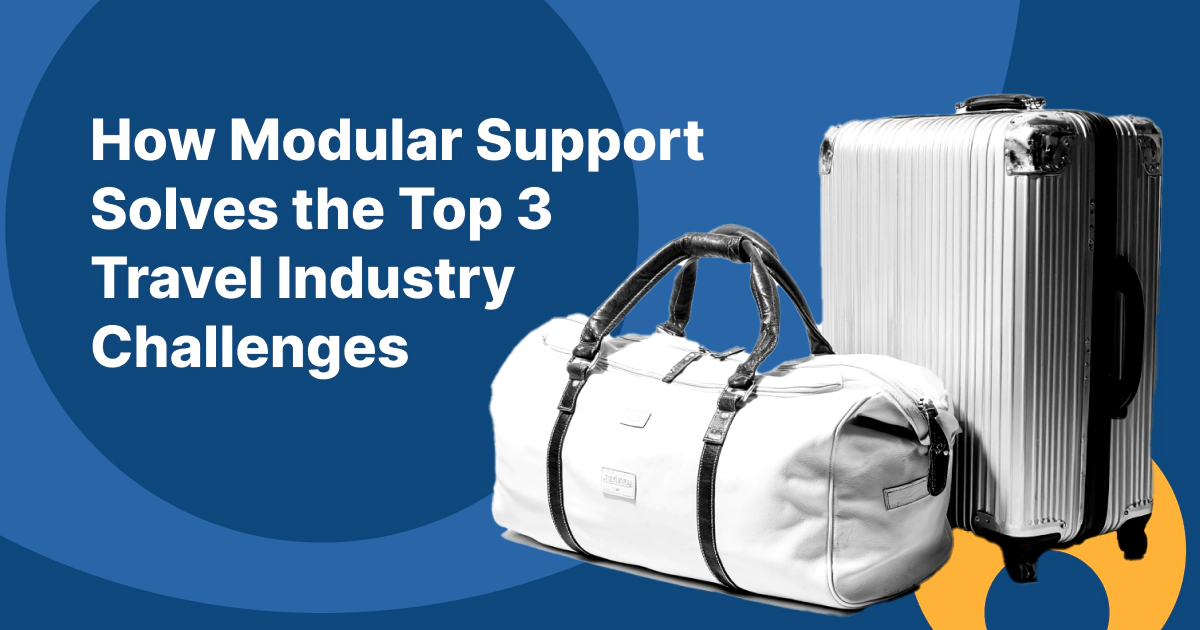Travel is global, but support still defaults to English far too often. Many teams bolt on multilingual support, toss in a translated FAQ, tack on a regional vendor, and hope for the best. But travelers notice. And they don't stick around when the experience feels clunky or second-rate.
Today's traveler expects more. According to CSA Research, 69% of global consumers want full support in their native language—not just a chatbot or dropdown. 56% of consumers say being able to get support in their native language matters more than price. And 42% say they won't make a purchase if they can't access services in their own language. That's not just a language issue—it's a revenue issue. Travellers want real answers, in real time, that sound like they come from someone who actually gets it.
It's time to start building multilingual support into your system from the start, with the right people, tools, and workflows to back it up.
Here's what to do—and what to avoid—if you want to get it right.
What Doesn't Work
Generic Translations
Word-for-word translations aren't enough, especially when tensions are already high. In moments like flight cancellations or sudden itinerary changes, travelers don't just want information. They want clarity, empathy, and a message that feels like it was written for them, not run through a generic filter.
That's where literal translation breaks down. A message might be technically correct, but if it misses the tone or cultural context, it lands flat—or worse, feels dismissive. When someone's stressed and looking for answers, even a small disconnect can create friction.
Patchwork Provider Models
Many travel brands still rely on regional vendors or call centers that don't communicate with each other. There's no shared system, no unified tools—just siloed teams passing issues across language barriers without a clear handoff.
What happens next? Travelers bounce between channels, repeating their problems over and over. They get inconsistent answers, delayed resolutions, and a support experience that feels more like a maze than a solution.
This fragmentation isn't just frustrating—it's costly. According to Salesforce, 72% of consumers worldwide say they'd consider switching to a competitor after a fragmented service interaction.
That's a high risk for an industry that's lagging behind. 57% of travel firms struggle to unify customer data, hindering marketing strategies and customer experiences.
But here's where it hits even harder: your multilingual audience is already the most vulnerable to churn due to high expectations for language support. Combine that with a broken support handoff, and you risk losing hundreds of millions of non-English-speaking travelers.
Disconnected systems and patchwork vendor models don't just slow things down—they actively push multilingual travelers away. If language is the front door to experience, it's time to stop locking people out.
What Does Work
Culturally Fluent, Empathetic Teams
The best support experiences aren't built on generic machine translations. They happen when real empathy and understanding are part of the picture. You can't just plug in Google Translate and expect things to click. What actually moves the needle is cultural fluency.
That means having teams who are culturally fluent. They know how to shift tone based on region, when to stay formal and when to keep it casual, and how to read the room in moments where tone matters just as much as speed. These agents help travelers feel secure in high-stakes situations.
This stuff isn't a hypothetical. Studies show that efficiency and customer satisfaction improve when cultural differences are taken into account.
When teams understand the cultural lens through which travelers are viewing your brand, they resolve issues faster and leave people feeling heard, not just processed. That's a win for your brand and your bottom line.
A Unified, International Support Partner
It's easy to see why many teams default to separate call centers for each language. They can be cheaper on paper, and in some regions, it's the only way to find the language coverage you need. But that patchwork model comes at a cost—one that shows up in customer frustration, repeated work, and broken handoffs.
A unified, international support team flips the script. You still get multilingual coverage, but now it's built into a single system: shared tools, integrated workflows, and one clear chain of responsibility. Travelers don't care where the support rep sits—they care that their issue gets solved without having to repeat it across platforms. A centralized model delivers that. It creates faster handoffs, clearer escalation paths, and consistent service across languages.
And the payoff is real. A good partner won't just plug in agents. They'll bring in systems, processes, and experience that actually work with your tech stack. They'll give you visibility into performance across regions, help standardize service quality, and move you from "we cover 10 languages" to "we deliver 10 great experiences."
Language Is the Front Door to Experience
In travel, if your support only works in English, it's not working. Travelers need help in their language, on their terms, with empathy that makes them feel seen, not translated.
Get multilingual right, and you can earn loyalty, turn service into trust, and scale globally without losing the personal touch.
Let ModSquad help you get there with multilingual support built for how travelers move today.



